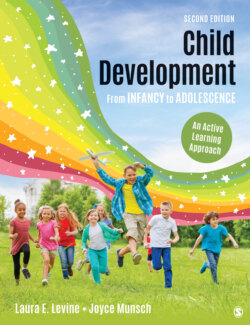Читать книгу Child Development From Infancy to Adolescence - Laura E. Levine - Страница 191
Studies of Adopted Children
ОглавлениеOne way to try to determine heritability is to study adopted children. Children who are adopted have birth parents from whom they inherit their genes and adoptive parents who provide the environment in which they grow up. To look at the relative contribution of genes and environment on whatever developmental outcome they are studying, researchers must have information about both the adoptive and the biological parents. They then look at the concordance rate, the degree to which a trait or an ability of a child is similar to that of their biological and adoptive parents. A higher concordance rate between child and birth parents shows the influence of the genes on that characteristic, while a higher concordance rate between child and adoptive parents shows the influence of the environment.
Concordance rate: The degree to which a trait or an ability of one individual is similar to that of another; used to examine similarities between twins and among adopted children and their biological and adoptive parents.
A variation on this approach has been to examine the similarity between parents and their adopted children as compared to their similarity to their biological children within the same family. One example of this type of research was carried out to examine the heritability of general cognitive ability. Petrill and Deater-Deckard (2004) found a modest correlation between mothers’ scores on the Stanford-Binet Intelligence Scale and their biological children’s scores, but essentially no correlation with their adoptive children’s scores. As you know from Chapter 2, correlational research cannot tell us about causation, but these findings would indicate that the genes the mother passed on to her biological child contributed to the similarity in their IQ, while the environment provided to the adoptive child did not have much influence.
